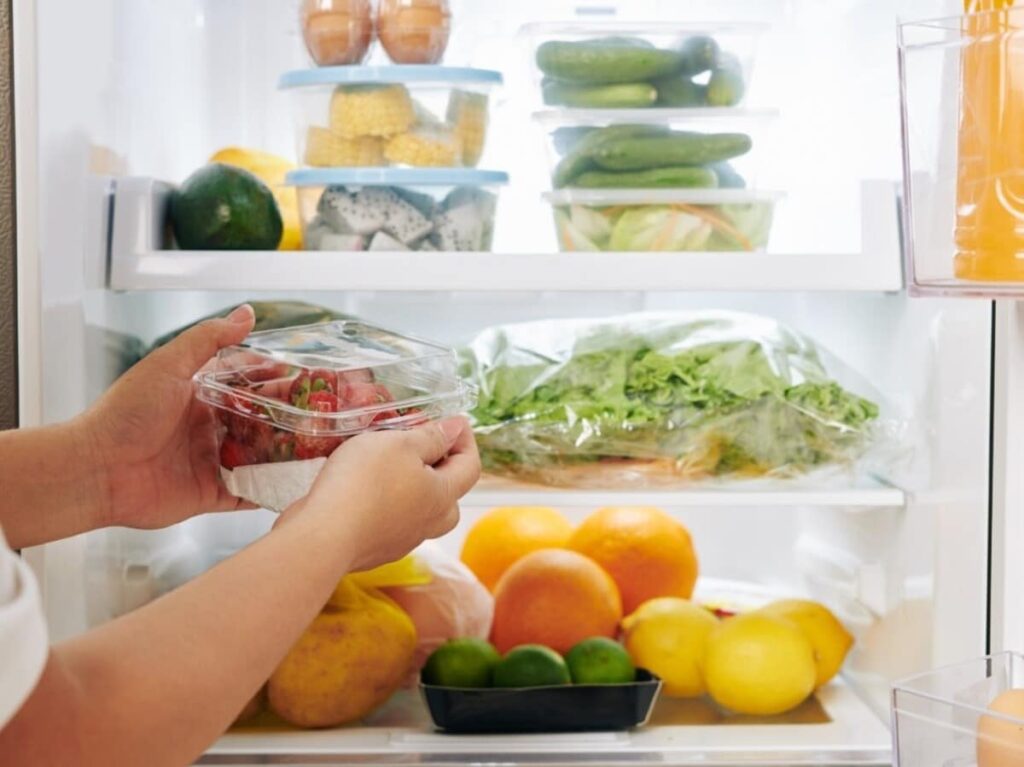“`html
When it comes to food storage, many people rely on refrigeration as the go-to method for preserving freshness and preventing spoilage. However, not all foods are suitable for the refrigerator. In fact, storing certain items in the fridge can lead to adverse effects on their texture, flavor, and even safety. This article delves into foods that should not be kept in the refrigerator, why this is the case, and how to store them correctly for optimal freshness.
Why Some Foods Should Not Be Refrigerated
Refrigeration slows down bacterial growth and spoilage, but some foods are negatively affected by cold temperatures. For many fruits and vegetables, the cold can cause cell damage, altering their flavor and texture. Moreover, certain foods can absorb odors from the fridge, leading to unwanted tastes. Understanding the correct storage methods can help maintain the quality and taste of these foods.
Foods You Should Avoid Storing in the Refrigerator
1. Tomatoes
Refrigeration can turn ripe tomatoes mealy and diminish their flavor. Instead, store them in a cool place away from direct sunlight, ideally at room temperature.
2. Potatoes
Cold temperatures convert potato starch into sugar, which alters their taste and texture. Keep potatoes in a dark, cool area in a paper bag or a basket, but avoid plastic bags which trap moisture.
3. Onions
Onions should be stored in a cool, dark place with good ventilation. Refrigerating onions can make them soft and moldy due to the moisture in the fridge.
4. Garlic
Garlic prefers a dry, cool, and dark environment. In the fridge, it can sprout or become rubbery. Store it in a mesh bag or a basket that allows for air circulation.
5. Bananas
Storing bananas in the refrigerator can inhibit their ripening process and cause the skin to darken. Keep bananas at room temperature, and if they ripen quickly, they can be separated from the bunch to slow down the ripening process.
6. Bread
Bread can become stale and hard in the refrigerator. It is best stored in a bread box or a paper bag at room temperature. Alternatively, for longer storage, consider freezing it.
7. Honey
Honey does not need refrigeration and can crystallize when chilled. Store honey in a cool, dry place; its natural preservatives keep it safe and sweet.
| Food Item | Recommended Storage | Effects of Refrigeration |
|---|---|---|
| Tomatoes | Cool place, room temperature | Mealy texture, diminished flavor |
| Potatoes | Cool, dark area | Sweetness increases, altered texture |
| Onions | Cool, dark, ventilated area | Soft, moldy |
| Garlic | Dry, cool, dark environment | Sprouting, rubbery texture |
| Bananas | Room temperature | Dark skin, slower ripening |
| Bread | Bread box or paper bag at room temperature | Stale and hard |
| Honey | Cool, dry place | Crystallization |
Best Practices for Food Storage
To maintain food quality and safety, here are some best practices for food storage:
- Always check expiration dates for store-bought foods.
- Use airtight containers for items that need to be refrigerated.
- Keep fruits and vegetables in separate areas to prevent ethylene gas from affecting other produce.
- Regularly clean your kitchen and pantry to prevent pest infestations.
Rajat Verma
Designation: Editor-in-Chief Education: M.A. in Journalism and Mass Communication, Delhi University Bio: Rajat Verma is a seasoned journalist with over 15 years of experience in digital media. He has worked with some of the top news organizations in India, leading editorial teams and spearheading innovative content strategies. Rajat is passionate about investigative journalism and is committed to maintaining the highest standards of editorial integrity at India Rag. Email: [email protected]
